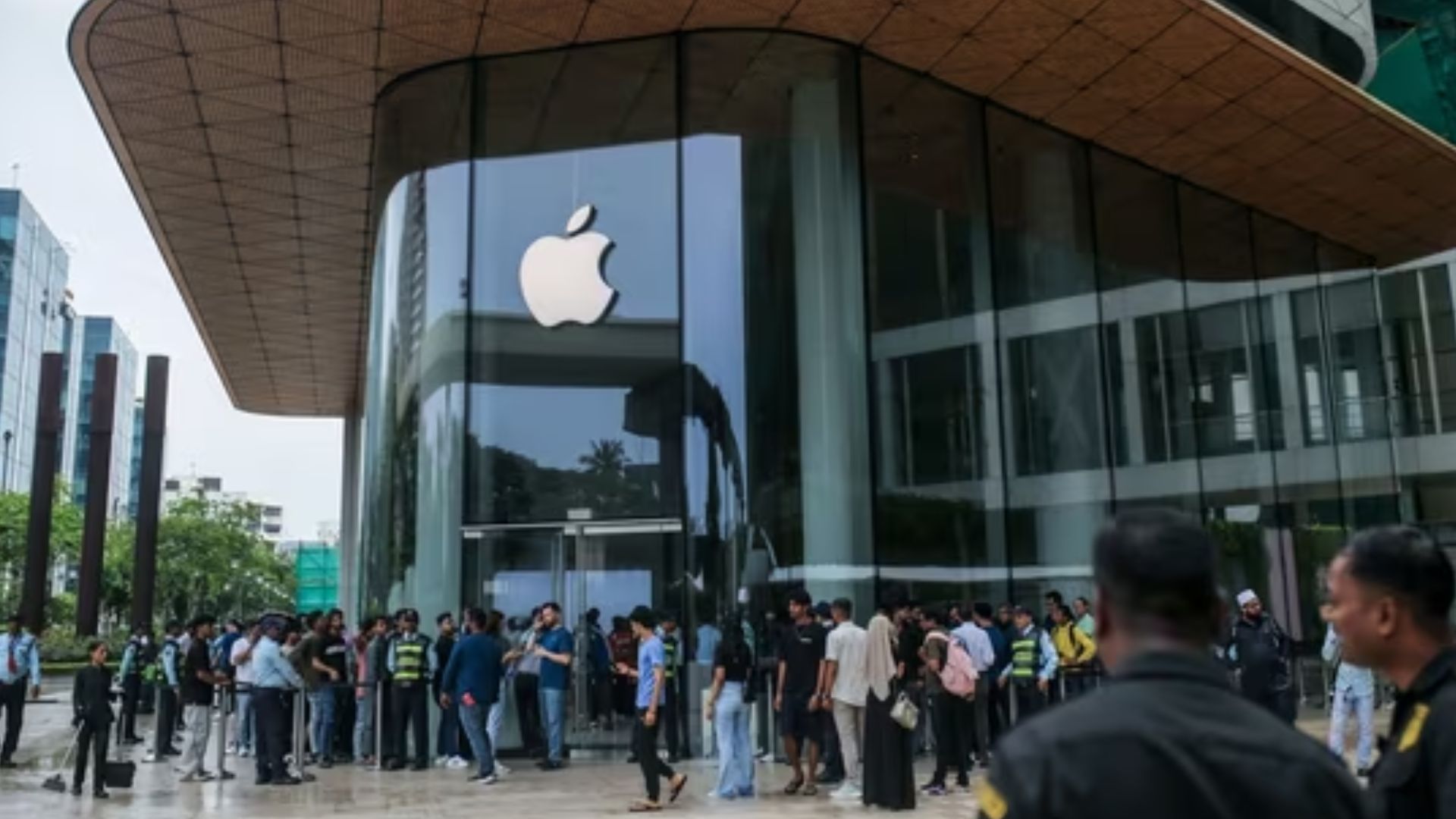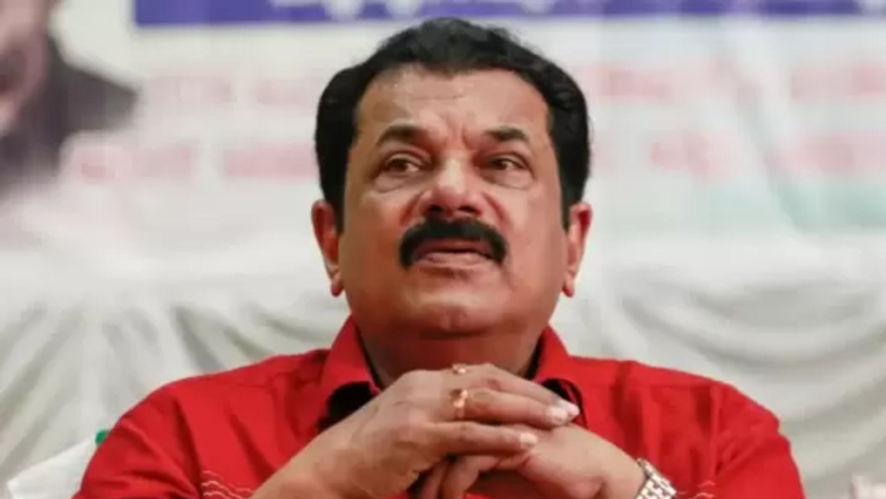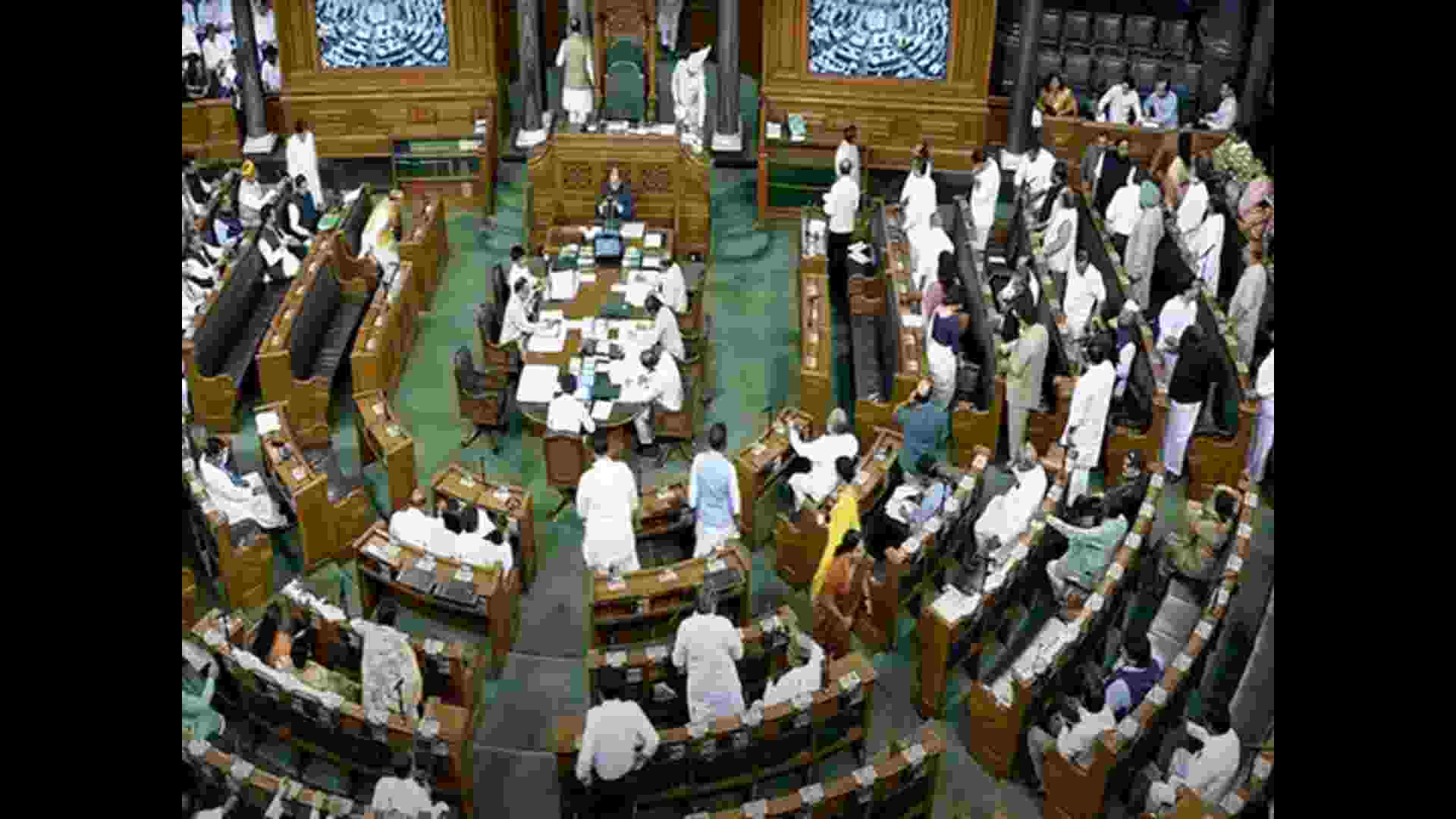
In Hindu law marriage is considered as a sacrament but we also believe that it has a place in heaven .This leaves one with the question: does the nature of the sacrament make it permanent or unresolved, or do we have the choice to give up?
The only requirement for a successful marriage is not only to live together but to live together happily. There have been many cases where couples put forth efforts to grow together but create animosity, eventually leading to separation.
IRRETREIVABLE BREAKDOWN OF MARRIAGE
If, in some cases, it is known that there is no hope for a marital union, then the legal separation of a marriage partner is cruel. It is under the personal laws of Hindus that such severe restrictions on divorce exist. Muslim, Parsee and Christian marriage laws allow for easy divorce. The grounds for divorce are set out under Sections 13 and 13 (1A) of the Hindu Marriage Act of 1955. In addition, Section 27 and Section 28 of the Special Marriage Act, 1954 also provide grounds for a marriage to be solemnized. However, these laws do not contain an irrevocable divorce as a reason for divorce.
If the marriage has broken without repair and lost the actual sanctity and it is only on paper then it is better to dissolve this marriage . A Marriage between the parties only in name and it would be in the interest of all concern to declare marriage defunt.
The divorce grounds are based on two theories 1. Fault based theory 2. Irritable breakdown of marriage .The former is recognised under the Hindu marriage ACT,1955 but later can be granted by the Supreme Court by exercising the discretionary power under Article 142 of the Constitution and it is not granted by family courts or district court .
With regard to the current state of irreparable divorce in India, it can be said that the legislature has failed to include such deterioration as a reason for divorce, although the Supreme Court in various cases such as Bhagat v Bhagat, Krishna Banerjee v. B. Bandopadhyay analyzed the significance of such degradation as soil. To Kanchan Devi v Pramod Kumar Mittal and the recent case of R. Srinivas Kumar v R Shametha The Supreme Court has exercised its powers under Article 142 of the Indian constitution and annulled civil marriages in the same area.
And the Marriage Laws Act (Amendment) Bill, 2010 seeks to make it the basis for divorce, especially to protect women. As it entitles the wife to refuse a divorce application filed by her husband but the husband cannot, if the wife seeks a divorce under this reason.
In the case of Samar Ghosh v Jaya Ghosh 2007 SC the court observed that the law of divorce which is merely based on the fault of the either party is inadequate to deal with those cases where the marriage has been broken down. Under the breakdown theory divorce should be seen as a solution and escape from a situation. Such divorce is unconcern with the wrongs of the past but is concerned with bringing of the parties and their children to the terms with the new situation by working out the most satisfactory bases upon which they regulate there relationship in the changed circumstances .Onces the parties have separated and they have been living separately for a long time it can be presume that the marriage has been irritability broken down. The court should seriously make efforts to reconcile differences between the parties yet it is found that the breakdown is more irritable than divorce should not be withhold.
In the case of Anil kumar jain v maya jain 2009 SC the court observed that under the Article 142 of the Constitution the Supreme Court the invoke its ordinary powers in order to do complete broken down and there is no possibility of reconciliation between the parties therefore under such circumstances the Supreme Court can grant divorce under Article 142 of the Constitution the Court also held that neither the civil courts nor the high courts can pass the orders on the ground not provided for Section 13 of the Act .
Unresolved divorce is considered a good cause for divorce in various countries, and the full bench of the Delhi High Court in Ram Kali v Gopal Das recognized modern practice and saw it, it was absurd and impractical to force parties to keep the wedding week even though divisions between them are complete and there is no chance of reconciliation.
DISADVANTAGE
Divorce given in this way can sometimes, if left unchecked, damage the situation. The importance and sanctity of marriage can be severely curtailed as it would be in the hands of one party to provide for the deterioration, which could shoot out the divorce rates in excess. Women in such situations are more likely to be affected. Also, it may allow a guilty partner to divorce his or her marriage happily using his or her opportunity to leave the other as a victim.
GENDER NEUTRAL
The Hindu Marriage Act was introduced in 1955. At the time, the amount of money independent women were much younger than they are today but retention was not gender neutral provision. It may not have been the case at the time, but it did not the idea of making provisions relating to the distribution of property is gender neutral now. As discussed in the third phase, making gender-specific provisions reinforces a woman’s status as the victim and also does not provide a cure for the husband in rare cases where he may be facing serious financial difficulties or may not be eligible for a woman’s property. Although the provisions are made on a gender-neutral basis, they will be limited to women he remembers the state of the Indians. Gender-related provision leads to delays in the way in which women and men are financially equal. Cases where there exist domestic men and working women may have been present but such provision prevents such cases of increasing numbers.
CONCLUSION
Separation in India is granted by common consent or by means of assembly. However, with the introduction of this concept of declining inequality, we have gone to the sinless model of thought. This adjustment provides an extension to
People have used their misdeeds as even a failing party can refer to this split application forum. In this way, may develop divorce rates where the ladies are people who are vulnerable to livelihood partners who can use continuous change
their good luck. In any case, it should be noted that the breakdown of a marriage is hopelessly out of control. This the concept undoubtedly promotes the segregation of court services in a more efficient but also important way to emphasize method as indicated by the settings, such a split must be approved only after a thorough understanding of the court conditions and analysis if a marriage is indeed broken is not available. It is appealing to the current understanding of a marriage that is partly sacred and partly authoritative, it should be understood that marriage is ineffective and ineffective hopelessness is in a good broken condition. Over the decades, there have been various judgments that reiterate the need for this concept and are finally rejected, this change comes as a gift to various trapped couples.a broken marriage with no answer.















